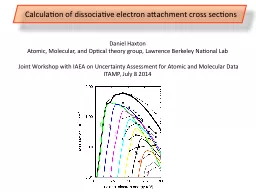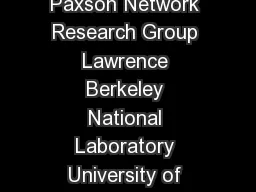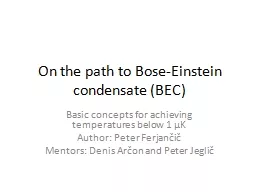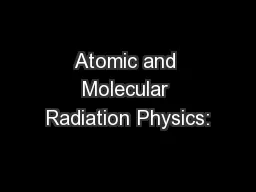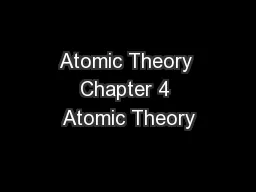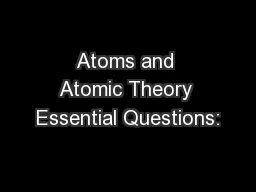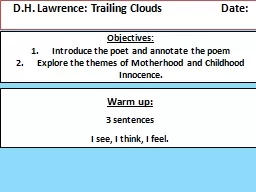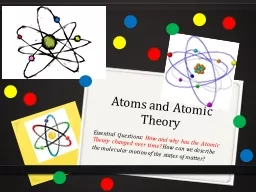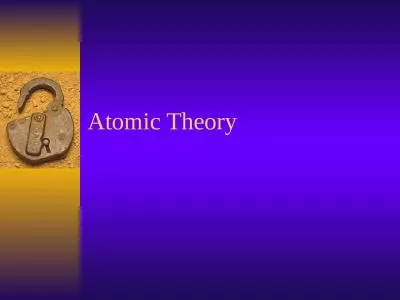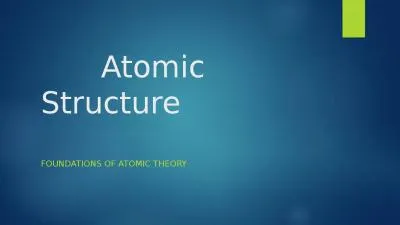PPT-Daniel Haxton Atomic, Molecular, and Optical theory group, Lawrence Berkeley National
Author : amber | Published Date : 2022-07-01
Joint Workshop with IAEA on Uncertainty Assessment for Atomic and Molecular Data ITAMP July 8 2014 Calculation of dissociative electron attachment cross sections
Presentation Embed Code
Download Presentation
Download Presentation The PPT/PDF document "Daniel Haxton Atomic, Molecular, and Op..." is the property of its rightful owner. Permission is granted to download and print the materials on this website for personal, non-commercial use only, and to display it on your personal computer provided you do not modify the materials and that you retain all copyright notices contained in the materials. By downloading content from our website, you accept the terms of this agreement.
Daniel Haxton Atomic, Molecular, and Optical theory group, Lawrence Berkeley National: Transcript
Download Rules Of Document
"Daniel Haxton Atomic, Molecular, and Optical theory group, Lawrence Berkeley National"The content belongs to its owner. You may download and print it for personal use, without modification, and keep all copyright notices. By downloading, you agree to these terms.
Related Documents

